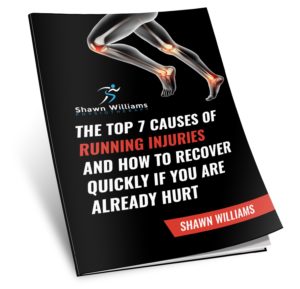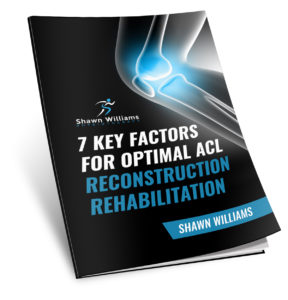Spring is finally here and runner’s are heading out the door to enjoy the great Toronto weather. This time of year I often see an increase in shin splints as many people are less active in the winter and then quickly try to bounce back to a full running or activity schedule in the spring.
Shinspints also known as medial tibial stress syndrome is pain that occurs when the muscles around the tibia become inflamed or irritated. Often they become too painful and runners or athletes have to stop running. Worse yet if runners try to push through shin splints for too long often it can result in stress fractures which can side line you from your active lifestyle.
What Is The Cause Of Shinspints?
Progressing Activity Too Quickly
The number one reason people get shin splints is from increasing activity too quickly. If you are a runner this can be either from increasing the frequency of running, the duration, or the intensity of your running too quickly. If you are starting a new running plan it is best to start gradually with a run walk program. The spring can be an exciting time to want to get out the door for a nice run but the slower you build your running the less likely you are to get injured.
One way to avoid this common pattern of spring running injuries is to make sure you are maintaining some level of running during the winter. I prefer to head outside even in the cold of winter, however if cold weather running is not for you try to get some runs on the treadmill so that you do not lose your muscle and biomechanical adaptation. The old expression holds true”if you don’t use it, you lose it!” Long inactivity periods will set you up for injury when you decide to jump back into an active lifestyle again.
Slow Running Cadence
Running Cadence is the amount of steps you take per minute when you run. A running cadence between 170 to 190 has been shown to be the most efficient and the least stressful on the body. Slower cadences are associated with a higher ground reaction force which increases the stress the body has to absorb on impact. This will make you more prone to shin splints. You can work with a running expert physiotherapist to help you adjust your running cadence.
Muscle Weakness
Some strength training combined with your running program may be beneficial at helping to prevent shin splints and other running injuries. Weak glues can contribute to decreased lower limb control on impact resulting in an increased stress on the foot, lower leg, back and hip.
Your calf muscles are a muscle group that needs to be strong to help absorb the initial impact so that less force is put on the rest of the lower leg.
Strengthening your feet would also help to protect you from getting shin splints. You can strengthen your feet simply by exposing yourself to more time spent in minimalist shoes or barefoot. Many people are use to supportive shoes which overtime can make your foot much more weak and inefficient at absorbing impact with walking and running.
What To Do If I Already Have Shin Splints?
If you have started a running program and have pain on the inner shin you should act quick to prevent them from getting worse or turning into a stress fracture. The first thing you can do is reduce your running volume and intensity. This will allow the muscles to more gradually get used to the running. You should reduce so that your pain level decreases to a manageable level.
Secondly, you could add a lower body strengthening program to address some of your areas of muscle weakness.
If you do not want shin splints to impact your running or worse yet turn into a problematic stress fracture and are looking for the quickest solution I would suggest contacting a good hands on physiotherapist with an expertise in running injuries. This will be your quickest way to ensure that you recover from shin splints and continue running and your active lifestyle.



